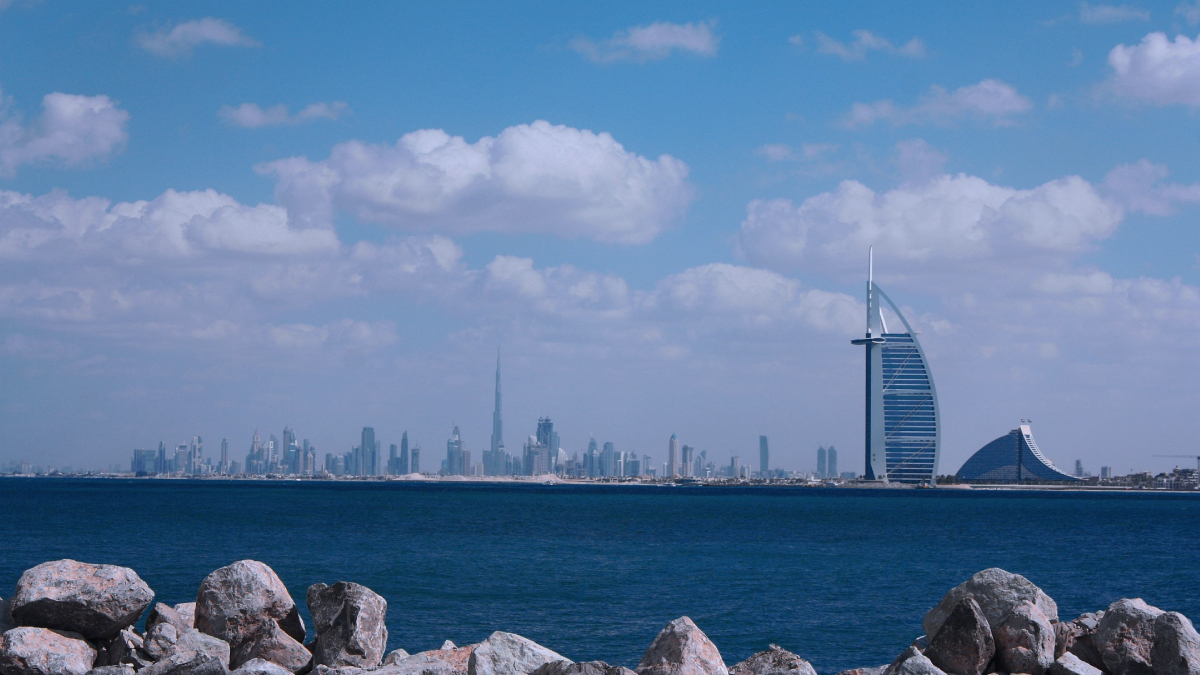Residents across the UAE can expect a noticeable dip in temperatures over the next few months, with weather experts predicting a decrease of around 5°C from September to November. As the region transitions from summer to autumn, residents are being advised to prepare for more variable and unpredictable weather patterns.
According to Dr. Ahmed Habib, a climate expert at the National Centre of Meteorology (NCM), the transition into autumn brings dramatic shifts in weather. “The transition period is marked by rapid and dramatic changes in weather during autumn, similar to those seen in spring,” he noted in a Khaleej Times report. “You might experience stable weather one day, only for conditions to shift suddenly the next, with cloud cover or rain following a dry period.”
Currently, temperatures in the UAE range between 42°C and 45°C. By October, they are expected to decrease by 2 to 3°C, bringing them down to 38°C to 42°C, with further drops to 35°C to 39°C expected in November.
The shift in weather is also influenced by changing atmospheric pressure systems. Dr. Habib explained that a low-pressure system from the west is bringing moisture into the air, increasing the chance of cloud formation and rain. Additionally, the cooler temperatures will be accompanied by rising humidity, leading to an increased likelihood of fog, particularly in coastal areas.
“The relative humidity has already seen a slight increase this month compared to August, especially in the latter half. This raises the chance of fog and mist in different parts of the country,” Dr. Habib added.
The recent autumn equinox on September 22 marked the official transition into the season, with days gradually shortening as the region moves toward winter. Meanwhile, the sighting of the Suhail star on August 24, a signal of the end of peak summer, initiated a 40-day transition period toward cooler temperatures.
While rain is not forecasted for the immediate future, Dr. Habib highlighted that there is a possibility of Cumulonimbus cloud formation in the northern and eastern regions, which could result in rain or thunderstorms of varying intensities. He also noted that strong winds from desert thermal lows may lead to occasional dust storms and reduced visibility.






